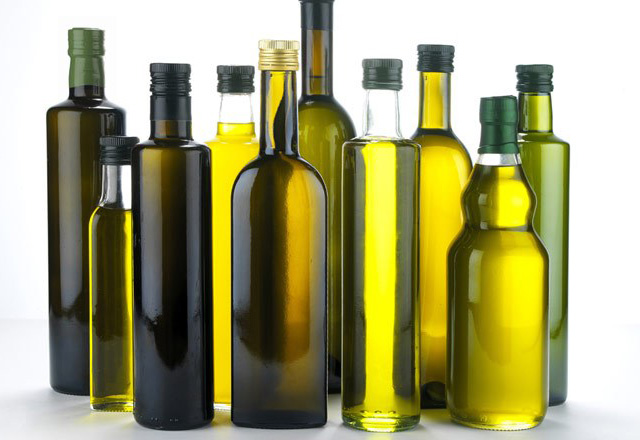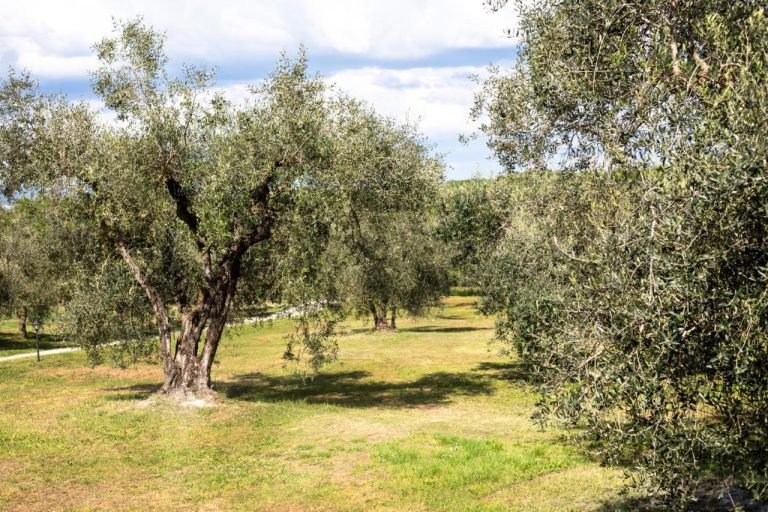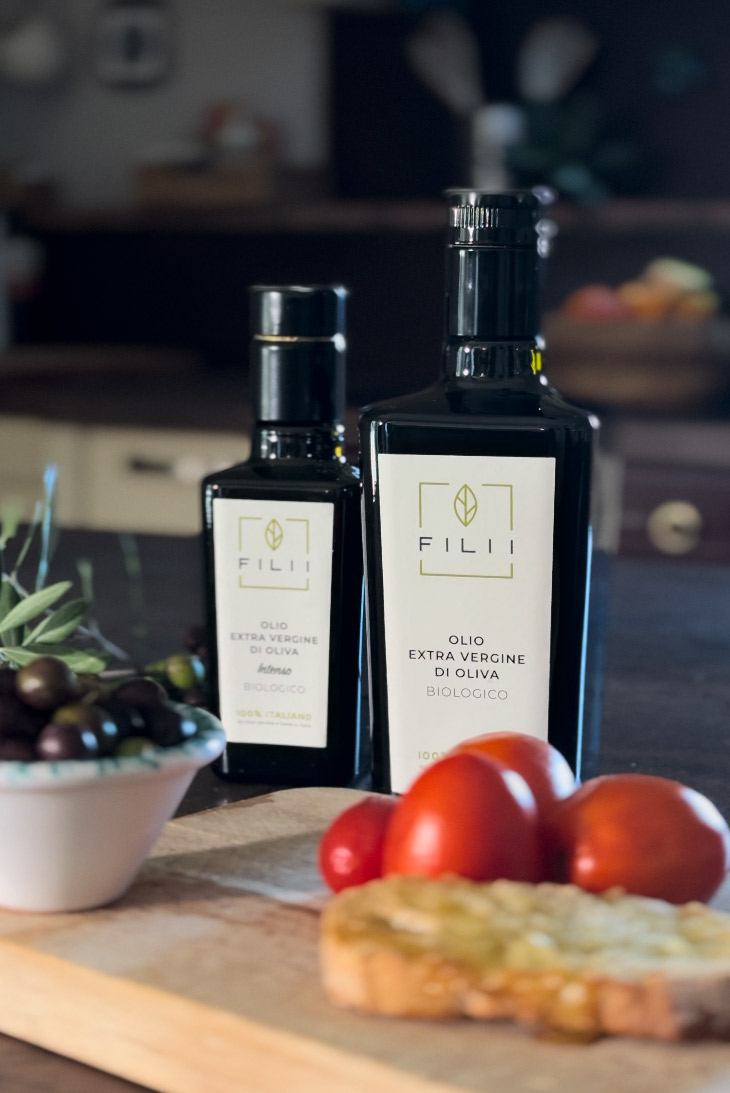
How to Choose a Good Extra Virgin Olive Oil
- Post author:Guest-admin
- Post published:November 19, 2024
- Post category:Approfondimenti EN
- Post comments:0 Comments
It’s a well-known fact: extra virgin olive oil is becoming increasingly expensive. Over the past year alone, the market has seen a significant price increase for 100% Italian oil, which now averages around 10 euros per liter.
Various factors, including structural issues in the sector and climatic challenges, have caused a sharp drop in production volumes, which were already insufficient to meet consumer demand.
Despite this, consumers still struggle to understand the true value of extra virgin olive oil and to make informed purchase decisions. The risk of falling victim to a commercial fraud remains high.
However, it’s possible to identify a good extra virgin olive oil by following a few simple steps, starting with carefully reading the labels.
First of all, pay attention to the price! Since Italian extra virgin olive oil is sold at a relatively high price (which increases further with certifications such as designations of origin or organic methods), beware of low-priced offers that seem too good to be true.
It’s important to choose bottles made of dark glass or fully shielded to protect the oil from light, which accelerates oxidation and leads to a loss of quality.
Filtered or not? Definitely filtered. Labels such as unfiltered, raw, or similar are all marketing strategies that lead consumers to associate a cloudy appearance with the oil’s “authenticity,” which is why clear glass bottles are often used to highlight this characteristic. In reality, the impurities that remain in the oil after extraction can degrade its quality over time.
The indication of the harvest season—which must be clearly stated for extra virgin olive oils sold on the national market—helps consumers identify the production date and determine whether the oil is “old” or “new.”
The certification “Cold Extracted”—granted when the olive paste is processed at a temperature below 27 degrees Celsius—does not always guarantee a high-quality product. Even if processed at low temperatures, damaged olives will still produce poor-quality oil.
Mentioning the olive variety used to produce the oil—although optional—can give clues about its sensory characteristics. For instance, the Caninese variety primarily develops almond and artichoke aromas, while Maurino offers notes of grass and green tomato.
Whenever possible, it’s always helpful to taste the oil to assess not only its quality but also its alignment with personal preferences.
What should you look for in a good extra virgin olive oil?
First and foremost, aromatic freshness with vegetal nuances, a taste leaning toward bitterness, and a spicy sensation—all of which vary in intensity depending on the olive varieties, growing regions, and production methods.






